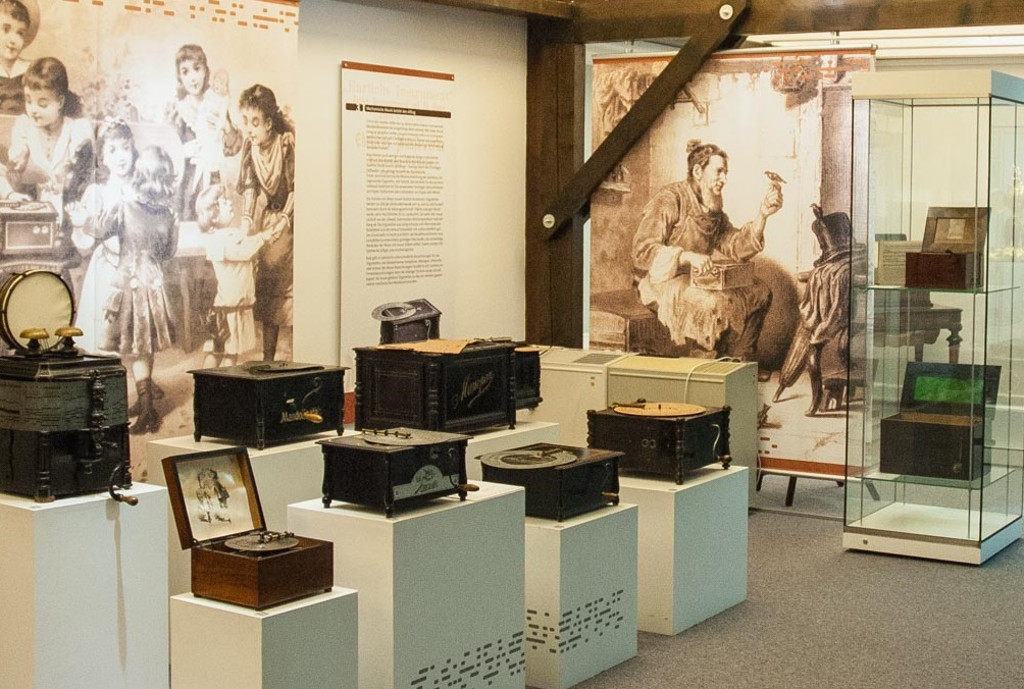The Museum of Mechanical Instruments has a collection of international standing. A walk through the museum provides information on 250 years of history of mechanical musical instruments – from the small music box to the big orchestrion. In the adjoining Cathedral and Stonemason Museum, the architectural history of the Kaiserdom (Imperial Cathedral), as well as the traditional craftsmanship of the stonemasons, are clearly explained.
Your Ears are in for a Surprise!
This constant racket everywhere and at all times! I remember the times when music used to be the opposite of racket. Not the kind of common distraction but the sweet sound of the extraordinary. We are not even aware of the fact that for most of human music-history every single note, both sung and played, was something unique and irretrievably gone. That is why it was a miracle when sound, audio and music became reproducible! At first, with a tender approach in the form of a music box, which had single notes go through the lamellae of a steel comb. Later on, organs were fed defined sound patterns and even entire orchestras were packed into the space of a cabinet. The most important thing in the process, however, was the permanent storage of the sound sequence. The development of it went from punch tape and phonograph cylinders to gramophones and finally the Jukebox.
Not far from the imperial cathedral, you can experience all that first-hand in the museum of mechanical instruments with its world renowned collection. I can promise you: Your ears are in for a real surprise!
